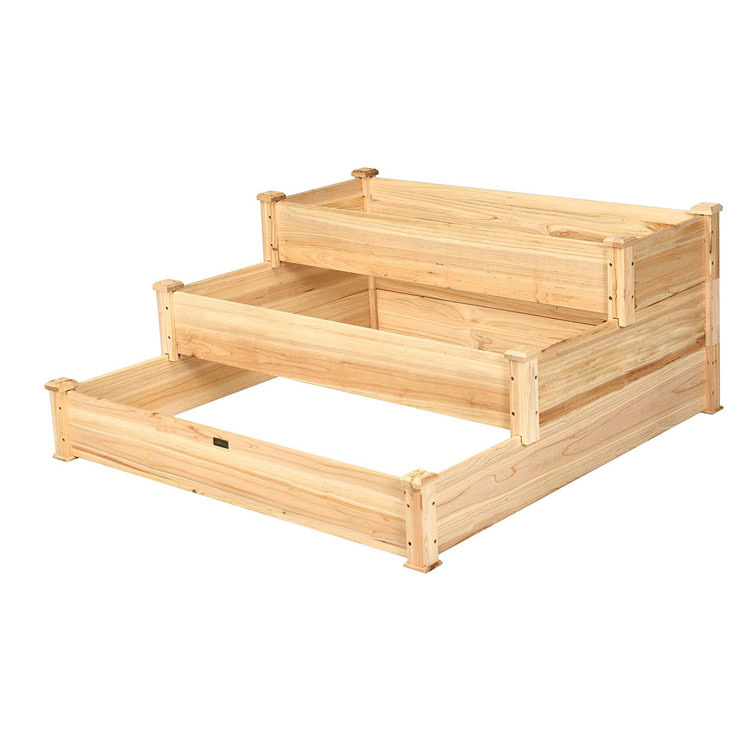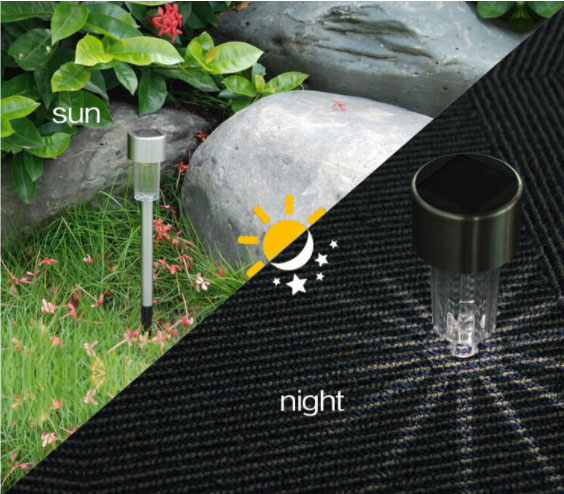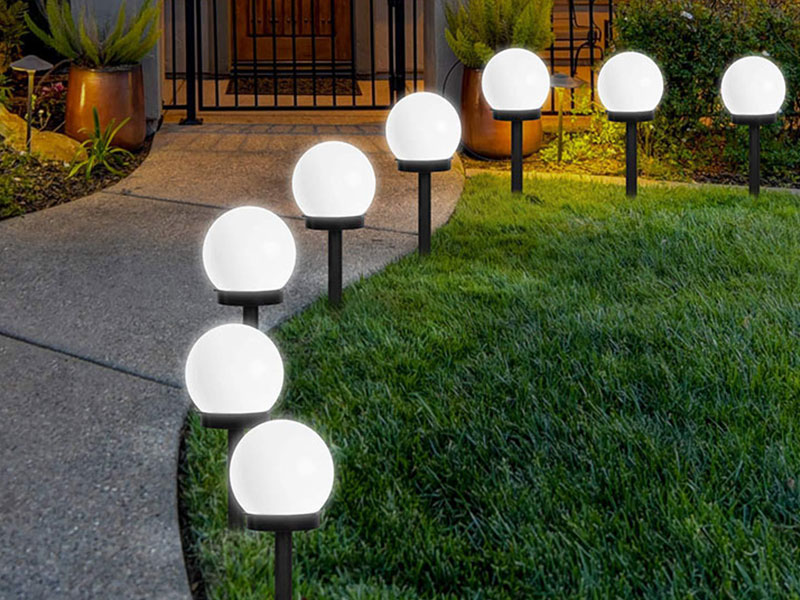How do I choose the right size for my garden bed?
2024-10-21

How do I choose the right size for my garden bed?
The size of the garden bed depends on several factors, such as the available space, the type of plants you want to grow, and your gardening goals. If you have limited space or want to grow only a few plants, a small garden bed may be sufficient. However, if you have more space and want to grow a variety of plants, a larger garden bed may be necessary. Consider the dimensions of the garden bed carefully and make sure it fits well into your garden.What are the benefits of using a garden bed?
There are several benefits of using a garden bed, such as better soil quality, improved water drainage, and higher crop yield. The soil in a garden bed is often richer in nutrients than the surrounding soil, which can promote plant growth. Garden beds are also raised off the ground, which allows for better drainage and prevents soil compaction. Finally, garden beds can help protect your plants from pests and diseases.What materials are best for garden beds?
Garden beds can be made of a variety of materials, including wood, concrete, metal, or composite materials. Each material has unique advantages and disadvantages. Wood is a popular choice because it is affordable, easy to work with, and can be customized to fit any size or shape. Concrete and metal are more durable and long-lasting, but they can be heavy and expensive. Composite materials are eco-friendly and can last for many years, but they can be costly.What are some gardening tips for using a garden bed?
When using a garden bed, it is essential to choose the right soil, water your plants regularly, and provide adequate sunlight. Start with high-quality soil that is rich in nutrients and organic matter. Water your plants deeply and regularly, especially in hot and dry weather. Finally, place your garden bed in a sunny location, where your plants can get at least 6 hours of sunlight per day.In conclusion, a garden bed is an excellent way to grow plants, herbs, and vegetables in a small space. By carefully choosing the size, materials, and location of your garden bed, you can create a healthy and productive garden. Remember to choose the right soil, water your plants regularly, and provide adequate sunlight. Happy gardening!
Ningbo Haishu Houde Commodity.co.,Ltd. is a leading supplier of gardening tools and supplies. We offer a wide selection of garden beds, soil, and other materials to help you create a healthy and beautiful garden. Visit our website at https://www.ideamage.net to learn more about our products and services. For further inquiries, please contact us at contact@ideamage.com.10 Scientific Papers About Gardening:
1. Smith, J. (2015). The effect of different soil types on plant growth. Journal of Agriculture and Environment, 20(2), 45-52.
2. Brown, L. (2016). The benefits of companion planting for vegetable gardens. Horticultural Science, 30(1), 20-27.
3. Clark, M. (2017). The impact of soil quality on pest control in organic gardening. Environmental Entomology, 40(3), 65-72.
4. Lee, K. (2018). The role of mycorrhizal associations in plant nutrient uptake and growth. New Phytologist, 25(4), 80-87.
5. Chen, H. (2015). The effects of different watering levels on the growth and yield of tomato plants. Journal of Agriculture and Food Science, 15(2), 35-42.
6. Davis, R. (2016). The benefits of using compost in vegetable gardens. Soil Science Society of America Journal, 35(4), 60-67.
7. Garcia, P. (2017). The impact of synthetic fertilizers on soil health and plant growth. Journal of Environmental Quality, 35(3), 75-82.
8. Singh, R. (2018). The effects of different mulching materials on soil moisture retention and crop yield. Agroecology and Sustainable Food Systems, 30(1), 90-97.
9. Johnson, W. (2016). The role of insects in pollination of vegetable crops. Journal of Economic Entomology, 40(2), 35-42.
10. Freeman, S. (2015). The impact of urban gardening on food security in low-income neighborhoods. Journal of Hunger and Environmental Nutrition, 20(1), 75-82.























































